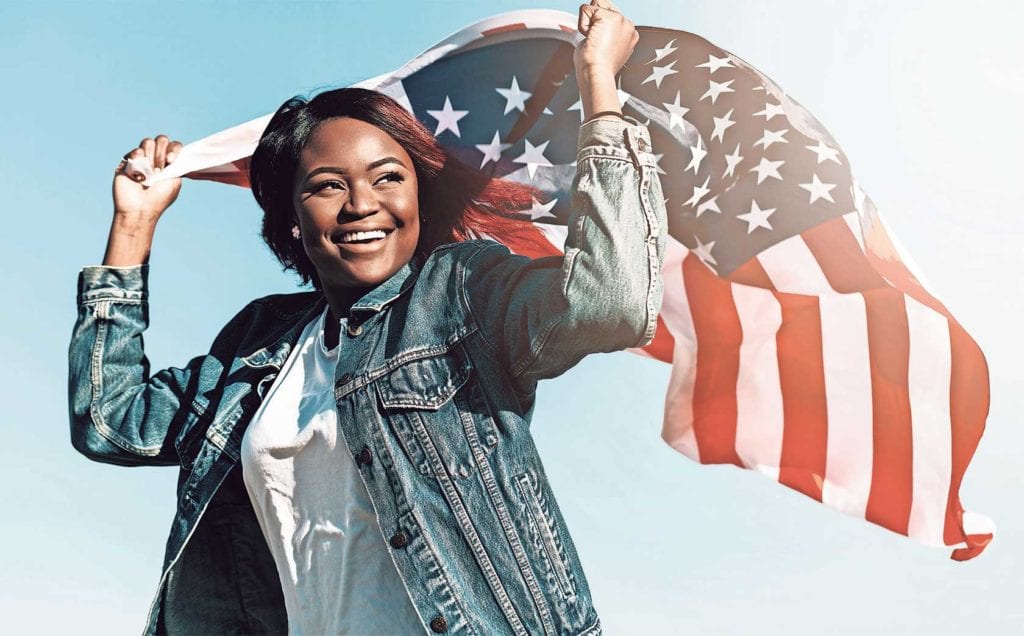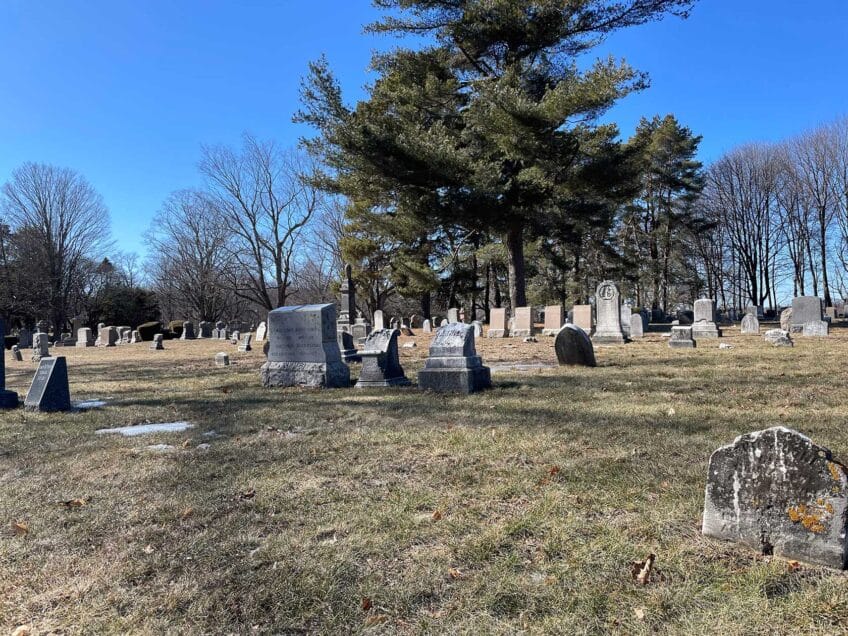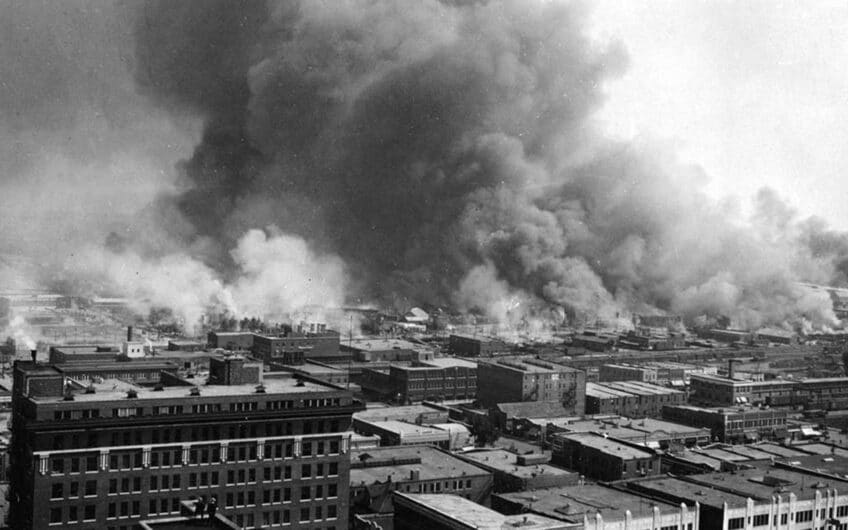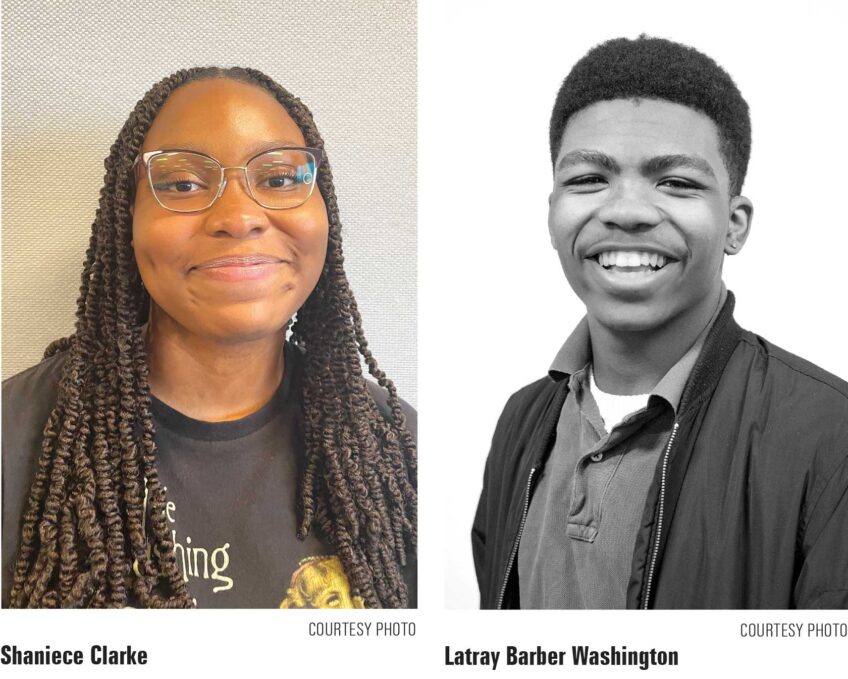Get out the black vote
What to know about voter suppression and 2020’s elections

New restrictions on voting such as the closing down of polling places, purges of voter data rolls, restrictions on voting days and language access all amount to a valid attempt to take away the right to vote for minorities and people of color.
“Voter suppression is a historic problem in America that primarily impacts minority voters, and it continues today,” said Teresa Cosby, associate professor of politics and international affairs at Furman University in Greenville, South Carolina.

A group of African American children gather around a sign and booth to register voters in the early 1960s. PHOTO: FREEPIK/WIKIPEDIA
“Voter suppression is real, and it is a threat to our entire society,” said Tiiu Lutter, a writer for CompareLifeInsurance.com who frequently works as a poll watcher and vote counter in local elections in Philadelphia. “Voting demonstrates our agency and is the one way we all are equal. Voting needs to be protected.
“Sometimes it is subtle and sometimes blatant, but in all cases when people are underrepresented at the polls, damage is done to our democracy. If we don’t have all the people and their needs taken into consideration, we cannot flourish as a nation,” Lutter said.
A (short) history of black voting
Before 1965 Jim Crow laws hampered blacks’ ability to vote. That changed in 1965 with the passage of the Voting Rights Act, which had a dramatic impact on black voter suppression at the polls.
“It increased black participation from 30% to 70%,” said Cosby, a specialist in U.S. racial and ethnic politics.
Long viewed as one of the most important civil rights laws, the Voting Rights Act was dismantled significantly when the Supreme Court invalidated a key portion in the 2013 Shelby County v. Holder ruling, Cosby said.
Basically, the majority of the Supreme Court agreed that the “government was using bad data” to determine which states were required to have their voting laws approved, a process called “preclearance,” Cosby said.
Chief Justice John Roberts wrote, ”The conditions that originally justified these measures no longer characterize voting in the covered jurisdictions,” meaning that the Voting Rights Act did its job so well it wasn’t needed in the same way it had been in the past.
In a crushing dissent Justice Ruth Bader Ginsberg wrote, “The sad irony of today’s decision lies in its utter failure to grasp why the [Voting Rights Act] has proven effective … Throwing out preclearance when it has worked and is continuing to work to stop discriminatory changes is like throwing away your umbrella in a rainstorm because you are not getting wet.”
“It set things back,” Cosby said. “Ginsberg’s warning took effect almost immediately. Voter suppression measures popped up across the United States in Arizona, Pennsylvania, Wisconsin, Georgia, not just in Southern states.”
The 2016 election was the first presidential election in 50 years that occurred without the protection of the Voting Rights Act. Mass poll closures in predominantly black and minority communities forced voters to travel long distances. In Alabama, 66 closed; Arizona, 212; North Carolina, 27; South Carolina, 12; Texas, 403; and Louisiana, 103, according to a study by the Leadership Conference on Civil and Human Rights.
Black voter turnout for the 2016 election declined for the first time in 20 years, falling to 59.6% after reaching a record high 66.6% in 2012, according to Pew Research Center.
The 2018 elections saw communities threatened and voters sent a message on a national level. In 2018 politicians campaigned on the right-to-vote issue, Cosby said.
What can be done
There are two basic ways to protect access to the polls. The first is to stop gerrymandering, an issue the Supreme Court will not touch, Cosby said.
Instead, people have to decide how do they want their voting districts drawn. We can take redistricting out of the hands of politicians through citizen commissions charged with redrawing maps in a fair and neutral manner, Cosby said.
We need to call out voter suppression when it happens, to claim it and to take to court, said Nicole Lee, civil rights lawyer, activist and founder of Inclusive Life.
“We need to do everything we can to document when the suppression is happening and then, for a medium term, we need to make sure that we are voting in politicians who will ensure that individuals have the right to vote and will honor individuals’ right to vote,” Lee said.
For now, the checks and balances are holding up, Cosby said.
“The original design is working. We may be in a period of realignment. We’ll see how the 2020 elections come out,” Cosby said.







